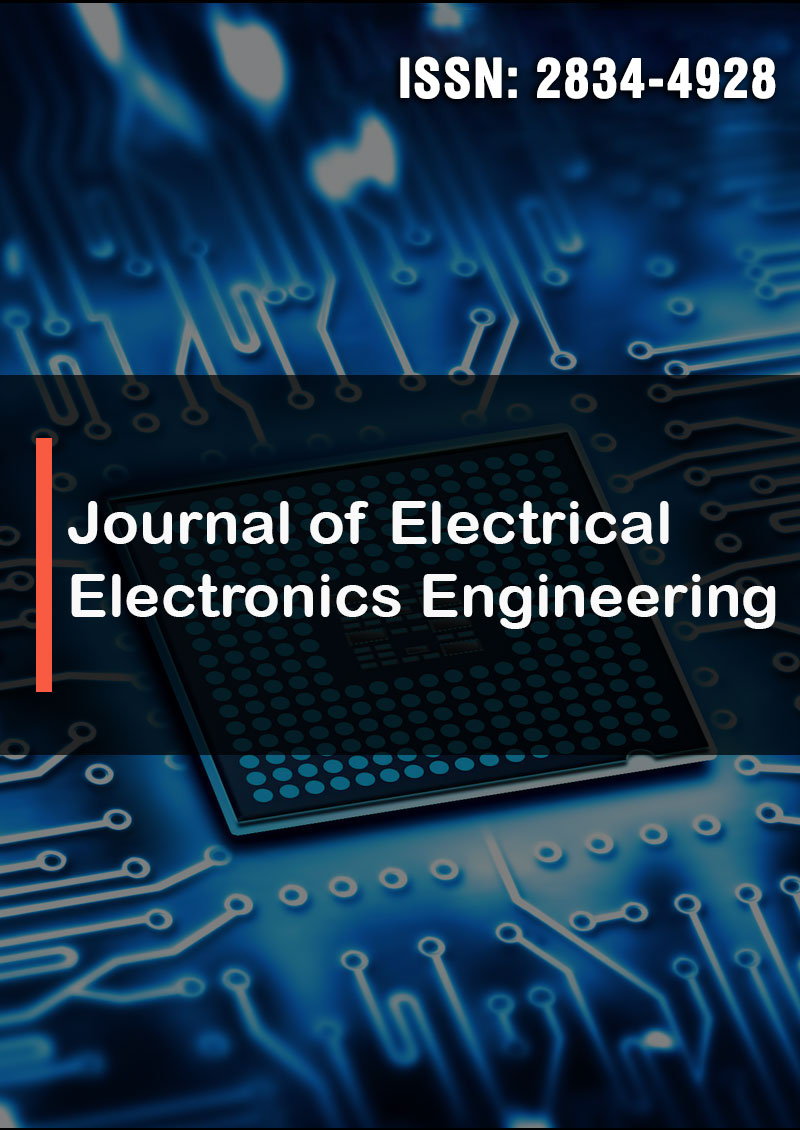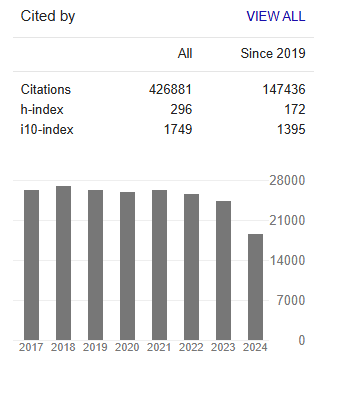Is the Local Energy Conservation Law Valid inside the Electronic Device of Charged Capacitors?
Abstract
Eue-Jin Jeong
The energy conservation is one of the most fundamental and well established principles in physics. Emmy Noether extended the energy conservation principle to the quantum field theoretical domain in empty space by relating the time translation invariance of the universe with energy conservation. While this is the case in open empty space, it seems that the local space enclosed by conducting metallic plates has unexpected property suggesting that the energy conservation principle does not necessarily apply to localized bound system of capacitors in electrodynamics. This point of view was raised by noticing the fact that the spherical capacitor has calculable electrostatic self-potential energy in both the inner and outer shells respectively which was not taken into account in the conventional consideration of the total energy stored in the capacitors. It seems like the concept of moving charges one by one into the capacitor plates has blindsided the investigators to bypass the necessary steps to account for the additional repulsive self-potential energy that accumulates simultaneously in both of the capacitor plates in the process of charging the capacitor. The investigation shows that the repulsive self-potential energies from both of the capacitor plates have indeed been omitted in the conventional calculation of the stored energy in the capacitors. We present the dynamics of the stored potential energy in capacitors and discuss its physical consequences in relation to the anomalous energy devices reported in the past.




